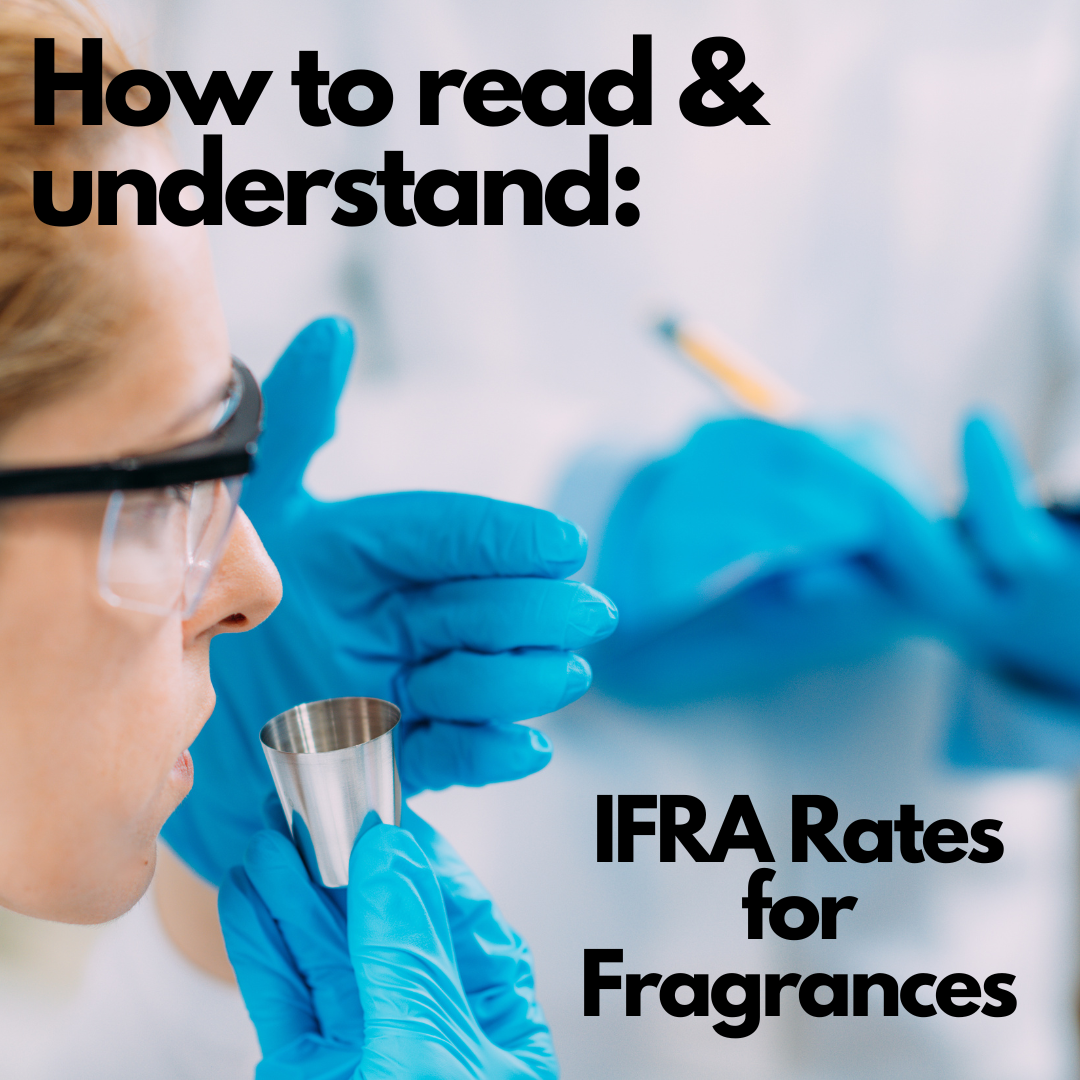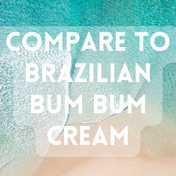What does IFRA mean in relation to fragrances?
IFRA (International Fragrance Association) is a trade association that represents the fragrance industry on a global level. IFRA sets guidelines for the safe use of fragrance ingredients in various products, including bath and body products.
The IFRA guidelines for fragrances in bath and body products are based on scientific research and aim to ensure that the use of fragrance ingredients in these products does not pose a risk to human health or the environment. The guidelines specify the maximum concentration of each fragrance ingredient that can be used in a product, as well as any other restrictions or requirements.
The concentration limits set by IFRA depend on the type of product and the intended use of the product. For example, products that are intended to be left on the skin, such as lotions and creams, have lower concentration limits than products that are intended to be rinsed off, such as shampoos and body washes.
In addition to concentration limits, IFRA also sets requirements for the labeling of fragrance ingredients in bath and body products. The labeling must include a list of all fragrance ingredients that are present in the product at a concentration of 0.1% or higher. This helps consumers with allergies or sensitivities to avoid products that contain ingredients that may trigger an adverse reaction.
Overall, the IFRA guidelines for fragrances in bath and body products are designed to ensure the safe use of fragrance ingredients in these products and to protect human health and the environment.
How do I determine the IFRA usage rates for my products?
Each fragrance is different and therefore the amount of fragrance you can use in a product varies from each fragrance. The IFRA guidelines for each fragrance are posted in their respective product pages on our website.
Reading and using the IFRA guidelines for fragrances can be a bit complex, but here are some general steps to help you get started:
-
Identify the product category: IFRA guidelines vary depending on the type of product. For example, there are different guidelines for body washes, lotions, shampoos, and so on. Make sure you are looking at the guidelines for the specific product category you are interested in.
-
Look up the maximum concentration limits: Once you have identified the product category, you can look up the maximum concentration limits for each fragrance ingredient. The limits are usually expressed as a percentage of the total product weight. For example, a guideline might state that a particular fragrance ingredient is limited to 0.1% in a body lotion.
-
Check for any restrictions or prohibitions: In addition to concentration limits, IFRA guidelines may also include restrictions or prohibitions on certain fragrance ingredients. For example, some ingredients may be prohibited entirely in certain products or at certain concentrations due to safety concerns.
-
Consult with a fragrance supplier: If you are creating a product that includes fragrances, it's a good idea to work with a fragrance supplier who can help you understand and apply the IFRA guidelines. Fragrance suppliers have access to the latest information and can help you choose fragrance ingredients that comply with the guidelines.
-
Keep up-to-date with changes: IFRA guidelines are constantly evolving as new scientific data becomes available. It's important to stay up-to-date with any changes to the guidelines and adjust your product formulations accordingly.
IFRA guidelines can be a bit complex, but they are an important tool for ensuring the safe use of fragrances in bath and body products. By following the guidelines, you can help protect human health and the environment.
How do I calculate usage rates for my products using IFRA guidelines?
To calculate IFRA rates for your products, you will need to know the maximum allowable concentration for each fragrance ingredient in your specific product category, as determined by the IFRA guidelines. You will also need to know the total weight of your product.
Here are the steps to calculate IFRA rates:
-
Obtain the IFRA guidelines: You can obtain the IFRA guidelines from any fragrance product page.
-
Identify the product category: Determine which product category your product falls under (e.g., body lotion, shampoo, etc.) and locate the IFRA guidelines for that category.
-
Determine the maximum allowable concentration: For each fragrance ingredient, look up the maximum allowable concentration in the IFRA guidelines for your product category.
-
Calculate the maximum allowable amount of fragrance: Multiply the total weight of your product by the maximum allowable concentration for the fragrance. This will give you the maximum allowable amount of fragrance for your product. Example: If the product weight is 100g and maximum allowed fragrance level is 20%, then calculate 100g*0.2=20g. This would mean that 20% of 100g is 20g, therefore we can add 20g of fragrance to 100g of product.
-
Determine the actual amount of fragrance: Determine the actual amount of each fragrance ingredient you want to use in your product. This can be based on personal preference or the desired scent strength.
-
Calculate the actual fragrance rate: To double-check, divide the actual amount of fragrance used by the total weight of your product, and multiply by 100 to get the actual fragrance rate. This will tell you the percentage of fragrance in your product.
-
Compare the actual fragrance rate to the maximum allowable rate: Compare the actual fragrance rate to the maximum allowable rate for each fragrance ingredient. If the actual fragrance rate is lower than the maximum allowable rate, then your product is compliant with the IFRA guidelines.
Overall, calculating IFRA rates requires careful attention to detail and adherence to the IFRA guidelines for your specific product category. It's important to work with a fragrance supplier who can help you understand and apply the guidelines, as well as to keep up-to-date with any changes to the guidelines.



1 comment
Thank you for writing this so well. Many people don’t understand these guidelines as they can be confusing. It’s so appreciated when suppliers take the time to give this information clearly for all their fragrances! 🙌